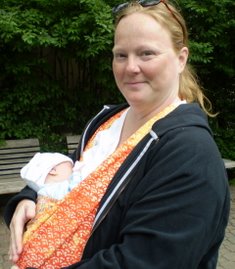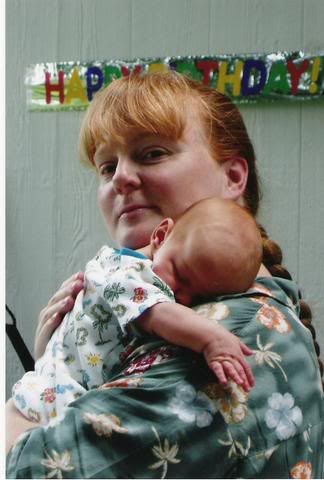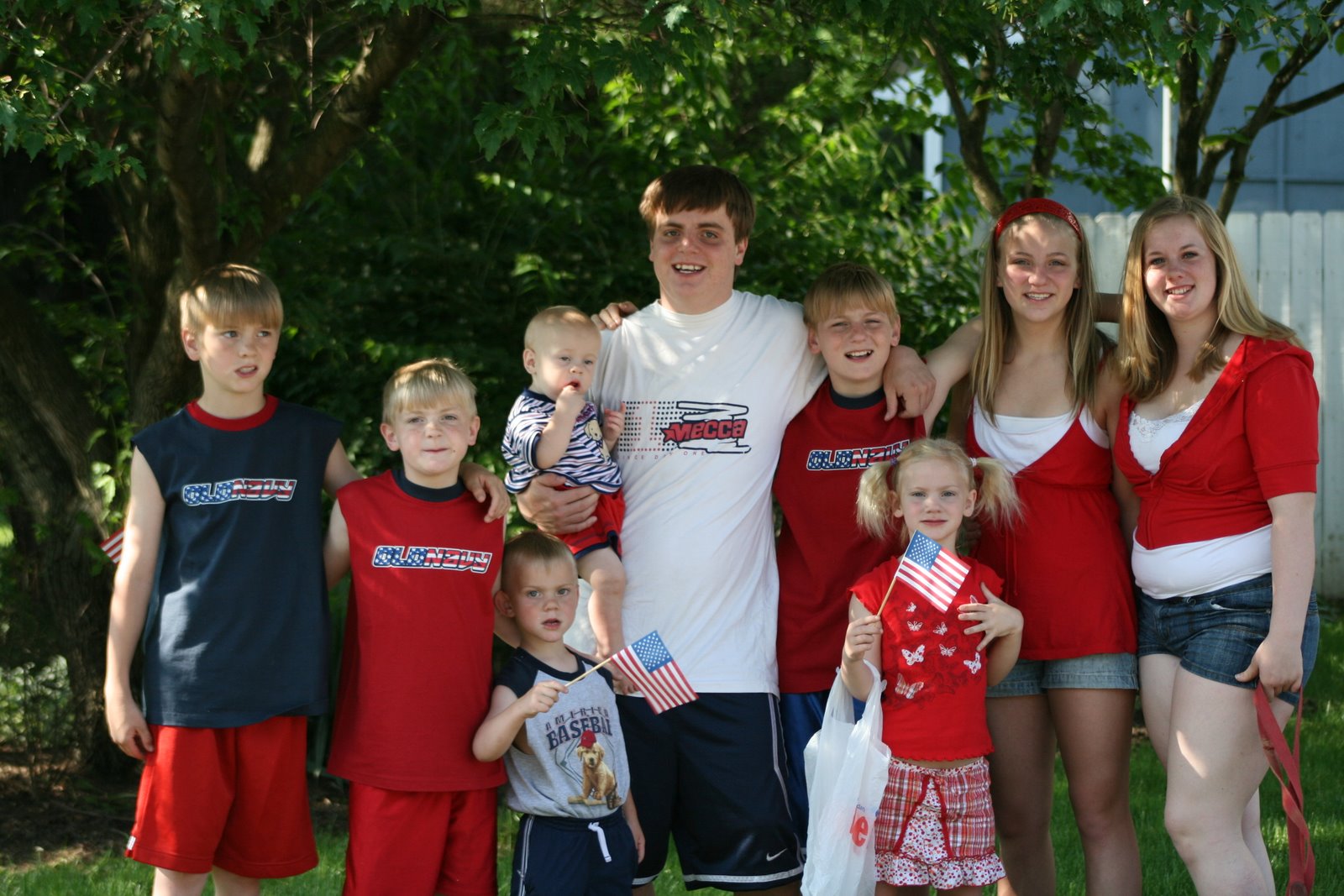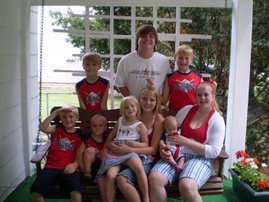CMC Pilot Program for grades 4-6
When this GREAT opportunity was posted to one of the homeschooling lists we belong to, I jumped at the opportunity to have the kids included. We didn't have a chance to do any of the museum center Mondays due to our finances, so when they offered this wonderful program for FREE, I was really excited! Now hopefully the kids will be excited (I am a bit apprehensive because of the volume of activities they would like to have the children complete before the visit and we only got the packet on Sunday for a Tuesday session).
Local homeschooling list posted: The Museum Center is looking for homeschoolers, grades 4-6 (or older or younger homeschoolers who are comfortable with work at that grade level),who would be interested in participating in a pilot program at no charge.This program is a pilot for a new approach to learning labs offered by theMuseum Center in which students will be exploring parts of the three museumsat the Museum Center around one theme. The Cincinnati Museum Center is offering the one day program, "History ofthe Ohio River" April 26, April 27, May 11 and May 12, from 9 a. m. until12p.m.
Students will participate in activities centered on the theme,"Humans affect the river and the river affects humans." These activities will cover topics, such as:
* How the Ohio River helped determine the location of Cincinnati
* The importance of river trade to the Ohio River Valley
* The difficulty of flatboat travel and its importance to thesettlement of the area
* The impact that 19th century industry had on the water quality ofthe Ohio River
* The effect that river trade and the shipping industry had on 19thCentury Cincinnati
* How water-borne diseases spread through Cincinnati in the 19thcentury
* How locks and dams changed the Ohio River
* Pollution, and its effects on the river's ecology
* Bridging the Ohio River
We would like to offer the first session April 26 or April 27. If thesedates are not convenient for you, please let us know what dates are moreconvenient for your schedule. We can accomodate a group from 10 to 30 students. Please forward this email to other homeschool parents who may beinterested in participating in this unique opportunity. We look forward tohearing from you soon. Please reply to rhall@cincymuseum.org or 513-287-7000 ext. 2394.
Thank you for your time and consideration.
Sincerely,
Regina Hall
Exhibit Program Coordinator Museum of Natural History & ScienceCincinnati Museum Center at Union Terminal1301 Western AvenueCincinnati, Ohio 45203(513) 287-7000 ext. 2394Fax (513) 287-7029rhall@cincymuseum.org
Pre-Visit Activities
1. Ask your students to talk to their parents, grandparents or caregivers about their memories of the Ohio River. Have them ask what effect the river had on their lives when they were growing up and what memories they have of the river. Although the Ohio River is the focus of this program, not every family may have always lived in this area, so students may gather oral histories about any kind of natural landmark, i.e. oceans, rivers, mountains, etc…Have students take notes while their family members are relaying their stories.
After the students have interviewed a family member, have them write a paper where they compare and contrast their memories and experiences with the river to that of their family’s.
2. Have students create a timeline of their life, recording at least one important event for each year.
3. Have the class divide into groups and research Cincinnati and the Ohio River in three time periods, 1800-1820, 1860-1880 and 1900-1920. Then have a discussion about the pros and cons of each time period for Cincinnatians and the Ohio River, in terms of population, industry, culture, and/or transportation.
4. In one of the activities, your students will encounter a variety of first-person characters from the year 1859, including a pork merchant, an apothecary, a steamboat captain or clerk, an African-American daguerreotypist, and a commission merchant. These people will be available to talk about the impact that 19th century Cincinnati industry and culture had on the Ohio River and how the river impacted early Cincinnati. Please have your students write questions to ask of these people, based on their knowledge of 19th century Cincinnati.
Key Terms and Concepts
Lock – part of a canal or other water way in which the level of the water can be changed, lowering or raising boats, by the operation of gates
Dam – a barrier preventing the flow of water
Flatboat – a boat with a flat bottom and square ends used for transportation in shallow waters
Steamboat – a boat driven by steam power
Trade – an exchange of goods, usually without the use of money
Pollution – alteration in the character or quality of an environment rendering it unsuitable or harmful for certain uses.
Riparian Zone – land adjacent to a river
Impermeable Surfaces – a surface that water cannot pass through to go into the ground
Runoff – water that flows over the ground to a river, stream or lake
Eutrophic Environment – an environment formed when pollutants cause the river to
become rich in nutrients
Algae – a photosynthetic organism
Silt- very tiny particles of soil or rock
Watershed- the land area from which surface runoff drains into a stream, lake, reservoir, or other body of water; also called a drainage basin
Water cycle- also known as the hydrologic cycle, is the journey water takes as it circulates from the land to the sky and back again
Water treatment plants- facilities that treat water to remove contaminants so that it can be safely used
Sunday, April 24, 2005
Subscribe to:
Post Comments (Atom)





No comments:
Post a Comment